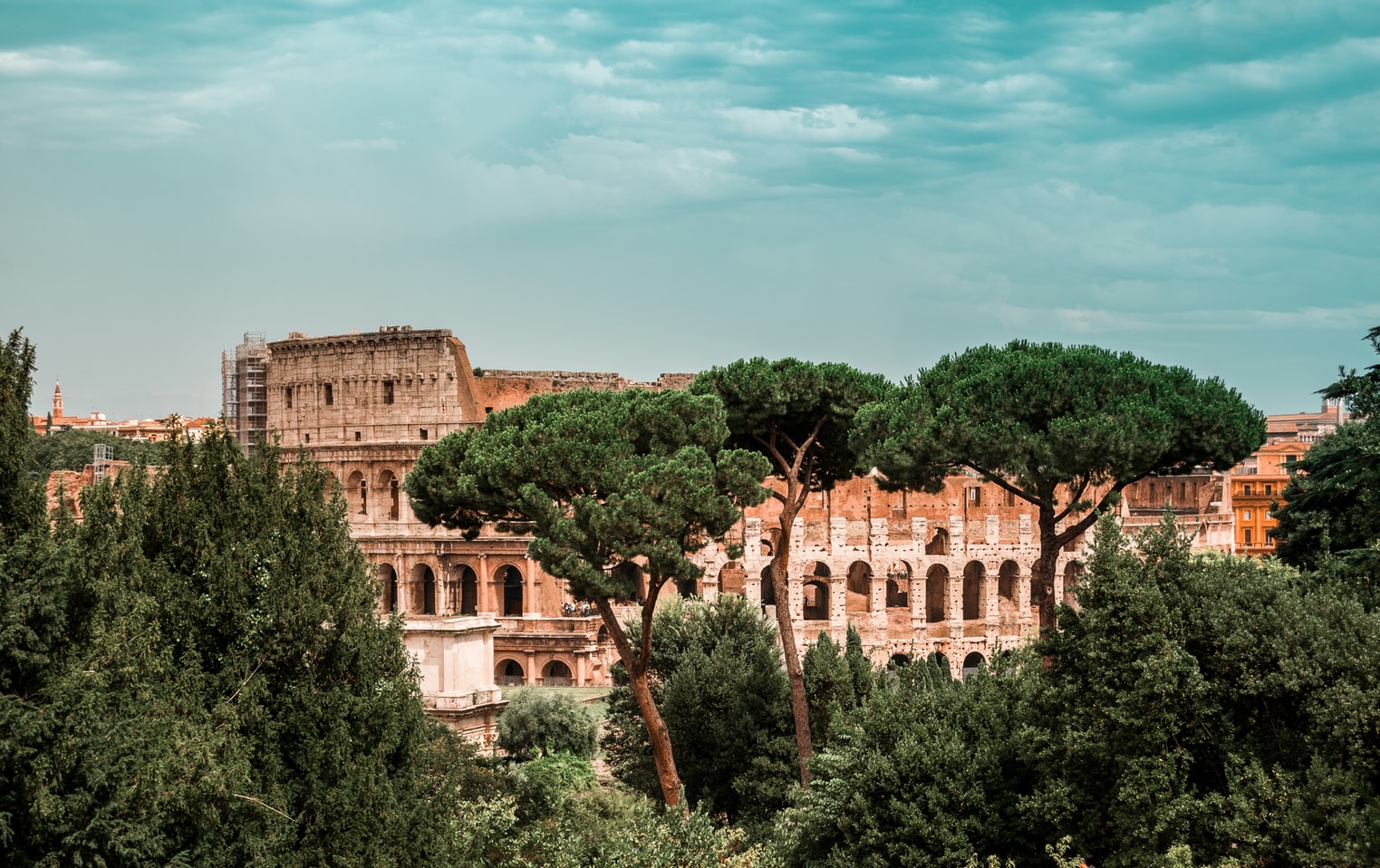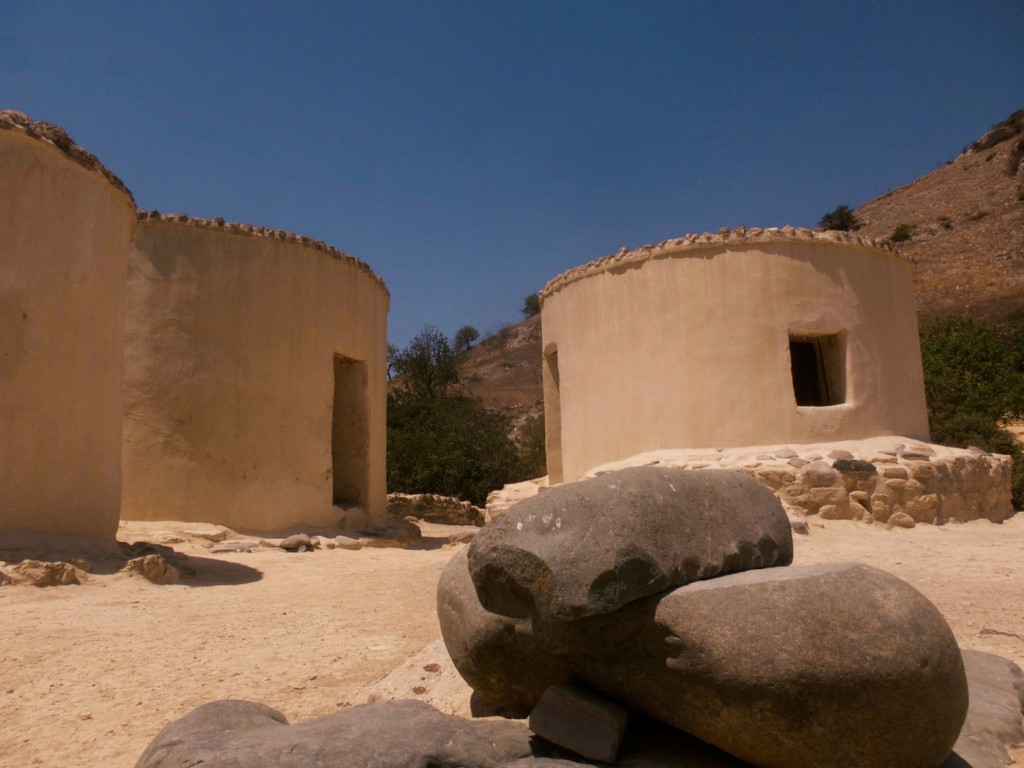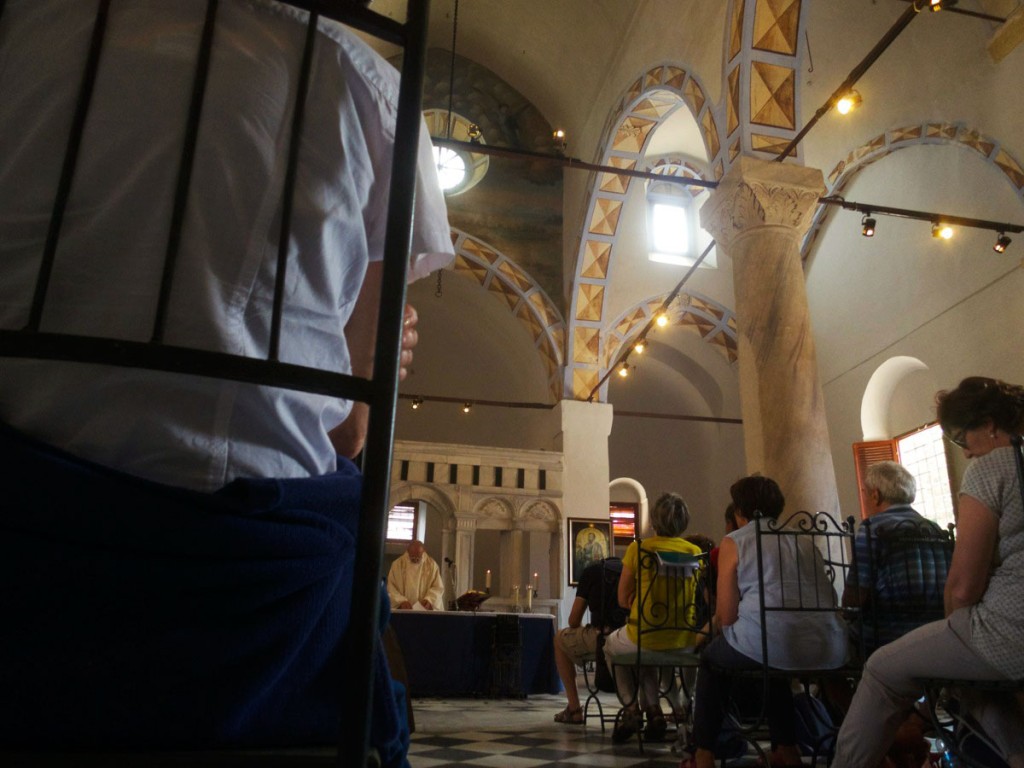Home » Posts tagged 'ancient rome'
Tag Archives: ancient rome
Tour virtuale: “Il silenzio di Roma”

Manhattan is known to the world as the city that never sleeps, but it’s not the only city that is notorious for its seemingly nonstop lively atmosphere. There is perhaps no city more iconic than Rome, and it’s been that way for thousands of years for a reason. It is the cradle of Western society, so such a beautiful city shrouded in silence during the 2020 April lockdown was horribly eerie.
Even the statues, in their towering stone glory, looked sad.
And when you consider the reality of COVID-19 in Italy while embarking on this silent virtual tour, it’s hard to feel the city’s usual majesty. The silence, and the stillness, was a mark of death and fear in the Eternal City. As one of the first European countries hit by the virus before there were vaccines and widespread mandates that handled the spread, Italy was devastated.
With hospitals overrun, families with victims of the virus were forced to house their decaying corpses in the tight quarters of their apartments while waiting for transport, sometimes for days at a time. Under then-Prime Minister Giuseppe Conte, the country was categorized into color-coded zones: rosso, aracione, and gialla (red, orange, and yellow). Red was the high-risk zone, and at one point in 2020, nearly the entire peninsula was a bright, glaring red. If you had to venture into the piazza for groceries or supplies, you had to fill out a form to present if stopped by polizia.
This scene was that of a dystopia, not the Eternal City.
During an interview with NBC News at the height of the pandemic, Conte told viewers that “We are suffering very much.” Later, it would be under his strict restrictions managed to get the country’s numbers under control.
Today, although the Green Pass has sparked widespread protests in Italy and abroad, current Prime Minister Mario Draghi has deemed vaccine mandates crucial for stopping the spread of the virus and eventually seeing the population reach herd immunity.

Which marks a much better state of mind than what reigned in the bleak, empty streets of the Italian capital in the virtual tour.
When you think of the Piazza Navona or the Spanish Steps, the iconic images are always riddled with tourists. Sometimes, there are too many tourists, but at least that means there are people. Where there are people, there’s business. Money spent and made. Throngs of khaki-wearing Americans snapping photos of the Trevi Fountain or the Pantheon is a good thing, which even Italians can attest to. Their absence wounded the city’s economy, much of which relies on tourism (until the pandemic decimated its tourism numbers).
These monuments and their surrounding streets usually bustle with the hum of scooters and the blare of car horns. Without the noise, the people, and the activity that makes this city so great, it seemed like nothing but hollow stone and marble. Occasionally there was an ambulance racing down a road, but that’s not the kind of noise you want. It only underscores the suffering that Italy experienced in April 2020, and although the virtual tour is worth viewing, it’s not worth repeating.
Rome in the video is not the city that the rest of the world knows and loves.
However, that does not mean that it can’t be used for global collaboration in an educational setting. If one wants to teach students the reality of what happened to the world in 2020 through hands-on projects and other tools, this tour certainly provides a raw view. If the home of the Colosseum and the Roman Forum went silent, students of the future will realize just what a dark period of history this was.
Particularly when we are back to some semblance of normalcy, and COVID-19 is nothing but a memory that makes you say, “Jeez, do you remember that?”
Hopefully, we will reach that point soon.
So here’s to ending 2021 and starting 2022 with a bang. Hopefully, Rome (and the rest of the world) will be back better than ever before. It’s a cheesy cliche to say, but what doesn’t kill you makes you stronger, and that’s never been more true for the people of Italy in the last few years.
Out of Eden Walk Discoveries
![[Image description: A temple in Myanmar.] Via Unsplash](https://blogs.stockton.edu/webtools/files/2021/11/mg-cthu-1h_NN3nqzI-unsplash.jpg)
Today’s news and politics is riddled with stories about China, conspiracies, rumors, and scandals that the media argues about until they’re blue. So when Crossroad of Memory, a walk that was halted due to the pandemic, was featured on the Out of Eden Walk, my attention was immediately snagged. Photographer Paul Salopek had to halt his multi-year, 24,000-mile walk because of the pandemic. After spending quarantine overlooking the skyscrapers of Shanghai, Salopek “restarted” his journey in Yusan, a subtropical town nestled near the Myanmar border. Yusan is full of modern buildings with red-tiled roofs and, like most towns in Chinese provinces, is rich with history as old as the Ming Dynasty. Salopek even says that it’s likely that Marco Polo walked through this town. Ancient history is something that Salopek trails in his worldwide walk, and he is sure to keep nomads, hunter-gatherers, and cavemen in the back of his mind as he tracks the roads, villages, and landscapes that humans from thousands of years ago once trekked. Like most Asian countries, the legacy of their ancient past remains today, even in modern cities like Shanghai or Seoul. These legacies are something that Salopek captures in his photography, like when he met Kong Zhong, who showed him a genealogy tree as long as a Persian rug that traces his heritage back to Confucius himself. Being linked to the ancient world is an understatement, and it’s a point of pride and culture for the people of China.

Another leg of Salopek’s journey was aboard the cargo ship MV Alios, which was sailing through the Mediterranean Sea between Cyprus and Israel. This was Milestone 20, from Chapter 3’s Autumn Wars, which marked his trek from Asia and the Middle East to Cyprus. Perhaps no part of his journey felt more isolating, as aboard the ship he did not encounter another human (other than the crew), especially while hunkered down in his tiny cabin room. Upon arrival in Cyprus, Salopek traversed through Treasure Island. As Cyprus is one of the oldest inhabited islands in the world, it is hard to ignore the connection between this new destination and the ones throughout Asia; the legacy of a past living, an old way of life, still remains. On Treasure Island, where the scorching Mediteranean heat is unbearable, people walk around topless, wearing nothing but shorts or bathing suit bottoms. For Salopek, this only reminded him of our primitiveness, and how in a way humans are not made to be surrounded by machinery in a capitalist society. Salopek perfectly captures this feeling with:
“We are Stone Age people trapped inside Toyota pickup trucks.”
-Paul Salopek, National Geographic

The heat is something that humans have been enduring for thousands of years, which seems to be common knowledge especially with the fact that 12,000 years ago, Cyprus was populated by hunter-gatherers who used the land and its extreme elements to their advantage for survival. This is perhaps symbolized by the gnarled, 700-year old olive tree that Salopek is taken to. The tree has provided sustenance for people for centuries, and although weathered and grooved with age, it still remains. Much like the legacy of Cyprus’ past itself.
Also from Autumn Wars is Tarsus, Turkey, the hometown of St. Paul, who brought pilgrims from Italy to worship and whose legacy resides in a renovated church where the pilgrims themselves once prayed. Obviously, this links the people to their past, but there is also modernity in this old land: there is a cafe called St Paul’s Cafe, an establishment that directly links modern society with its history. This part of Salopek’s journey is aptly named Apostle, which represents the area’s religious foundations.

Tarsus’ history goes father then St. Paul, however. Notably, it is home to where Cleopatra first met Marc Antony. The town’s connection to Rome and one of its most notorious couples is in the ruins of a temple that once boasted columns six stories high. With the Roman Empire being the Roman Empire, something tells me that this temple wouldn’t be anything less than what its enormous structure once was. Although all that remains is its rubble, and the people no longer care about the history according to Erkul (a guide who showed Salopek around), the legacy remains no matter who is interested in it or not. The very ruggedness of these ancient locations, craggy with age, sun, and dust, reminds you of the past no matter where you look. The way Salopek connects to today’s people in these locations, and listens to their truths about their histories and cultures, is an effective way of linking today with the past, and underscoring the importance of remembering where we came from no matter what economical, political, or cultural changes may be roiling in the modern age.
Roma: La città di magico eternità
![[Image description: Rome's Trevi Fountain.] Via Unsplash.](https://blogs.stockton.edu/webtools/files/2021/11/photo-1525874684015-58379d421a52.jpeg)
Is there a city in the world more iconic than Rome, Italy? Society was practically built on Rome, which housed an empire that influenced the Western World for centuries to come. For my virtual tour, choosing Italy was a no-brainer, but I didn’t feel like a tourist for immediately leaning toward this iconic tourist city.
I am not going to focus on the Colosseum, because that’s just too touristy. So I started on Capitoline Hill, which was one of Rome’s original 7 hills. It was here that Rome’s first mint was created in The Temple of Juno Moneta (today’s Church of Santa Maria in Aracoeli). The hill became the seat of the city’s government in the year 1,000, which was also where the Senate Building and the Tabularium (Rome’s archives) stood.
Another iconic image in the Eternal City is the Spanish Steps, located in Piazza di Spagna. Thanks to its Baroque architecture that hosts the famous Barcaccia Fountain, tourists throng here every year (except for during COVID in 2020, of course).
The steps go to the Trinita Church, another Baroque marvel commissioned by Pope Innocent XII who had Francesco De Sanctis build it in the 18th century.

Perhaps nothing is more formidable than the Castel Sant’Angelo, the towering papel fortress that towers in the elegant neighborhood of Prati. This mighty structure is the guardian of the Tiber River, towering over its flowing waters for thousands of years. In 123 AD, Emperor Hadrian built the fortress as a tomb for himself and his family, and throughout the ages, it was used as an imperial mausoleum for Roman emperors until the Middle Ages when it became a fortress to protect the city. Despite this iconic stone structure’s many uses, it’s fair to say that no matter what time period it was, it symbolizes Rome’s imperial power and solidifies the city’s place as an iconic world heritage site.
The best part about taking a virtual field trip in such an iconic city is being able to learn about the history behind such imposing monuments. The Capitoline Hill was where such important politics occured throughout the empire’s history, and Castel Sant’Angelo’s 2,000+ existence over the Tiber River is a perfect symbol of the city’s significance.
Rome’s history spans centuries, but what makes it unique is its fascinating combination of ancient paganism and Old World Catholicism everywhere you look. The very cobblestones lining the piazze breathe history, whether it be ancient or from the modern era. It isn’t called the Eternal City for nothing.
Recent Comments